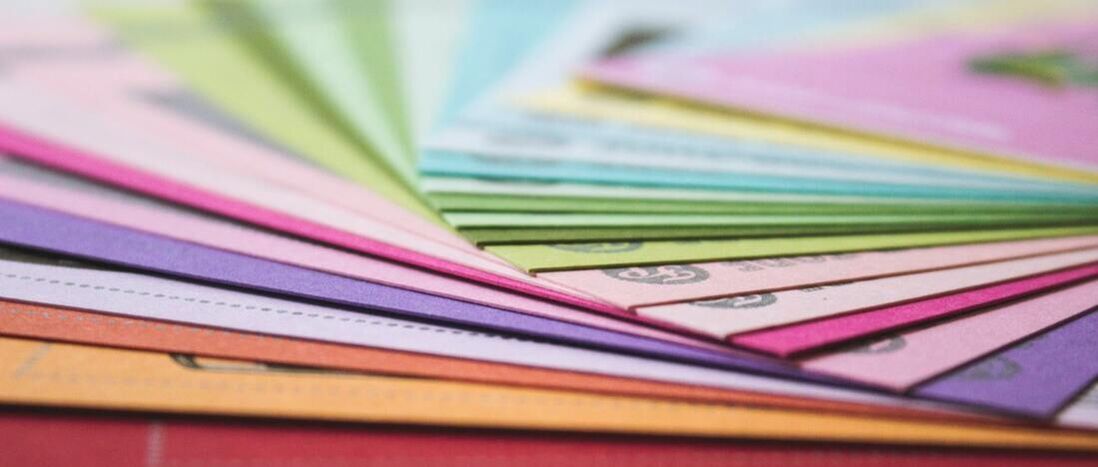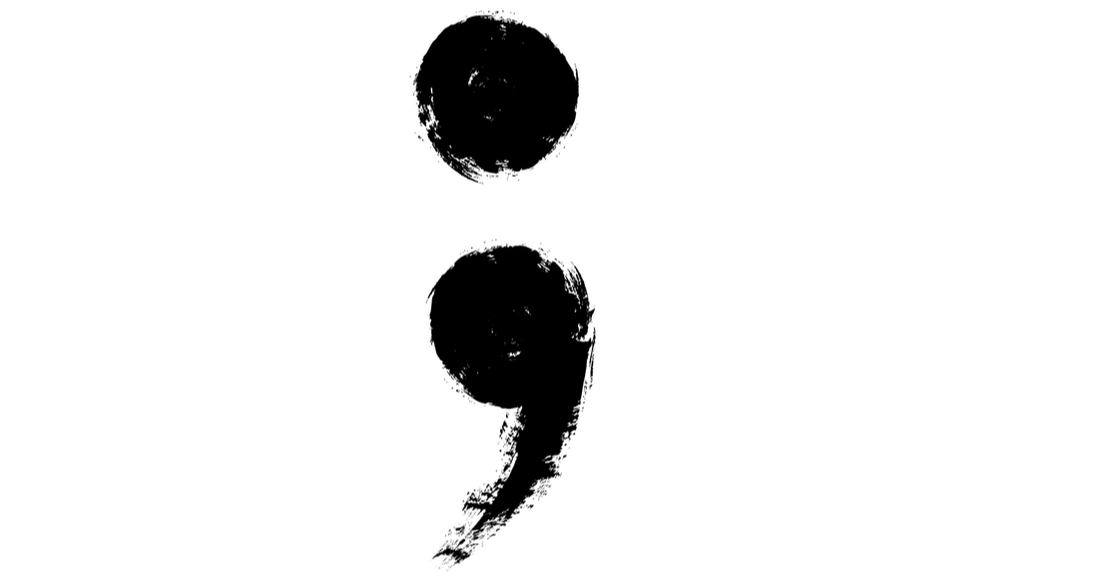 Photo by Adam Birkett on Unsplash Related articles:
Part 1: What is plain language? Part 2: Why you should use plain language in your business. Plain language writing means uses writing techniques and layout design to make your message clear to the reader. It is user-friendly writing. It's not as easy as it sounds to write in plain language . And there are no rules on how to write in plain language – just guidelines. The guidelines are there to help you, but different contexts or readers mean that the guidelines must be interpreted correctly for your purpose. There are two stages to writing a document in plain language: Stage 1: Planning the structure and flow of the document. Stage 2: Writing the sentences using plain language techniques.  Photo by Andrew Pons on Unsplash Related articles:
Part 1: What is plain language? Part 3: How to write in plain language We are used to seeing plain language in government publications and information. Think of all the information we received daily during the Covid-19 pandemic. It was clear and easy to follow. To ensure that all information written for the public is always clear easy to understand, the Plain Language Act was passed in New Zealand in October 2022. On the New Zealand Legislation website, the explanatory note says that the act “promotes the use of plain English in official documents and websites. Comprehensible information from government organisations is a basic democratic right. Plain language must become the standard for all official public and private communication in New Zealand.” However, government departments are not the only organisations that should use plain language. Plain language can be used in communication with a company’s staff and clients, or with the general public. There are benefits of using plain language to the reader (your clients and potential clients), and to your business or organisation.  Image by Arek Socha from Pixabay Related articles:
Part 2: Why you should use plain language in your business. Part 3: How to write in plain language. Plain language, or plain English, is a way of writing and using layout design to make your message as easy to understand as possible. It's user-friendly writing. Plain language can
Photo by Leslie Lopez Holder on Unsplash Writing a non-fiction book for your business, or to share a message or an interest, can be a daunting process. You know that want to share your knowledge, but if you have never written a book before, you might not know how to begin. Where do you start? Read on. It’s not as quick and easy as some would have you think, but you can do it. Photo by Proxyclick Visitor Management System on Unsplash Social media, networking and email subscription have long been on everyone’s marketing plan. Publishing a book is now the trend. Many successful businesses have launched their business, or grew their business, by publishing a book. How? A book can set a you or your business apart and show your expertise. It can show that you are an authority on a particular subject; that people can turn to you to find the answers they need, either by purchasing your book or by talking to you directly. Most businesses that have published a book use it as a marketing tool, but not a source of income. A book will most likely not generate a huge profit on its own, but it can bring other benefits to your business. ‘What if I share my writing with someone else? What happens if they steal my idea?’ I get asked this all this time. It's natural for writers to be protective of their work. But are these writers’ concerns warranted? And what if you want to use song lyrics in your writing? Or you want to use a quote from someone long passed away that you found on a quote website? Can you? Who doesn’t have a cookbook in their house? I know I have far too many, but I can’t help myself when I see a new one with beautiful images and yummy recipes. The beauty of a cookbook is that the result of using it is great-tasting food. Cookbooks are one of the most popular non-fiction genres in publishing. They are in the top five selling categories for e-books on Amazon, despite the ease of googling for a recipe. There’s something comforting about opening a book, choosing a recipe based on pictures of mouth-watering food, and putting it on the stand as you are cooking. You might buy a cookbook because it’s written by your favourite chef or a famous person, it teaches you new skills in the kitchen, it contains a new style of recipes you want to try, or you trust the author to write recipes that work. Whatever the reason, cookbooks are staying popular. There are many ways to write a cookbook, but there are some elements that are important to get right. I always feel like the semicolon is one of the more sophisticated punctuation marks. But that it also that it scares people a little. It tends to be used more in formal writing, but it has its place in fiction too. It can be very useful to subtly convey a relationship between two thoughts without using more words. And there is no need to fear it if you know how to use it correctly. “Can you give me a quote?”
This is one of the first questions I am usually asked by a potential client. And rightly so. A writer will most likely have a budget to work within, and they may want to compare the fees of several editors. Unfortunately, I can’t just give you a flat rate as a response. Freelance editors mostly all run their own business and have their own ways of working out what they charge, but below are some of the things that editors take into consideration when working out a quote for a client. When the student got to school, they realised they had forgotten their lunch.
There are three examples of the singular they in that sentence. Did you notice? Would you have written it any other way? Of course, I could have written: When the student got to school, he or she realised he or she had forgotten his or her lunch. That’s a bit unwieldy! And potentially wrong. But definitely not inclusive. |
Hi, I'm Marja!You'll find all my advice about creating professional, Categories
All
Previous PostsPlain language
Business editing New Zealand English series The editing process General editing Technical |







